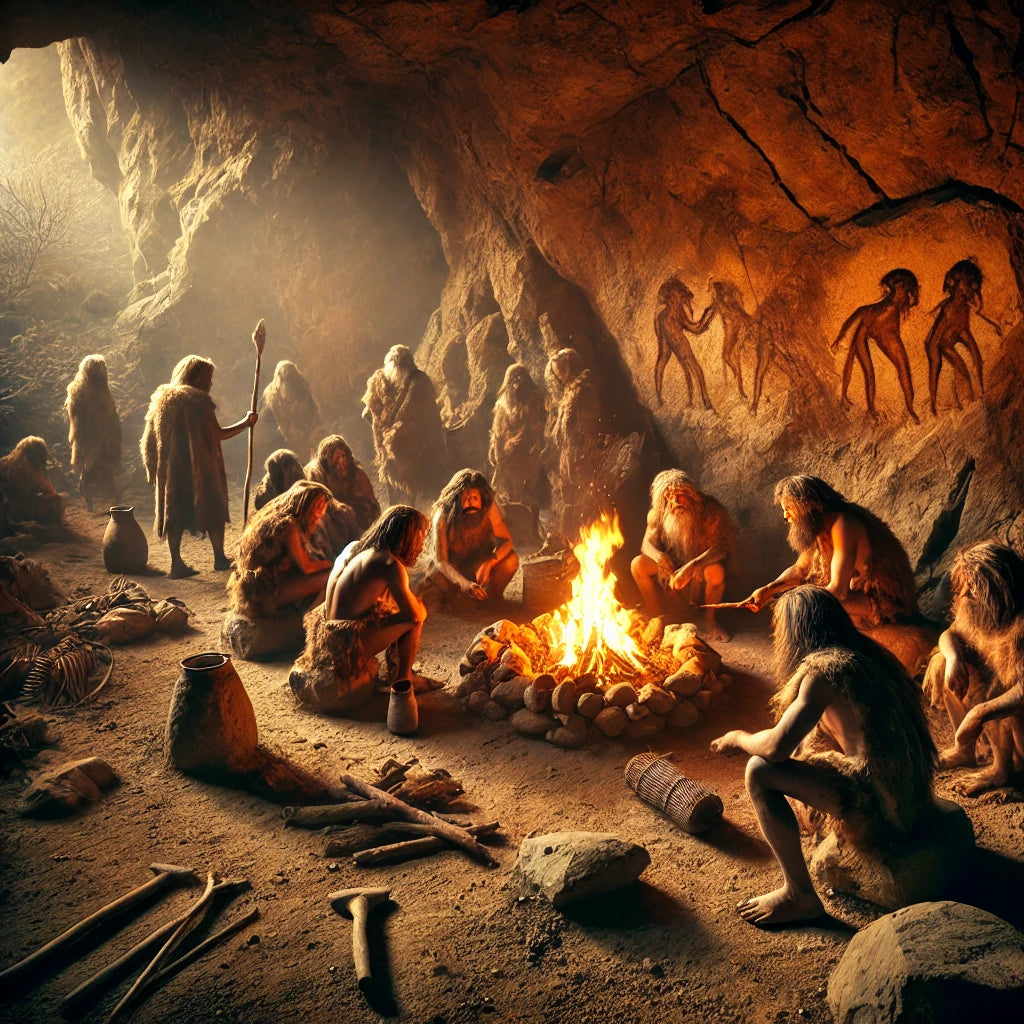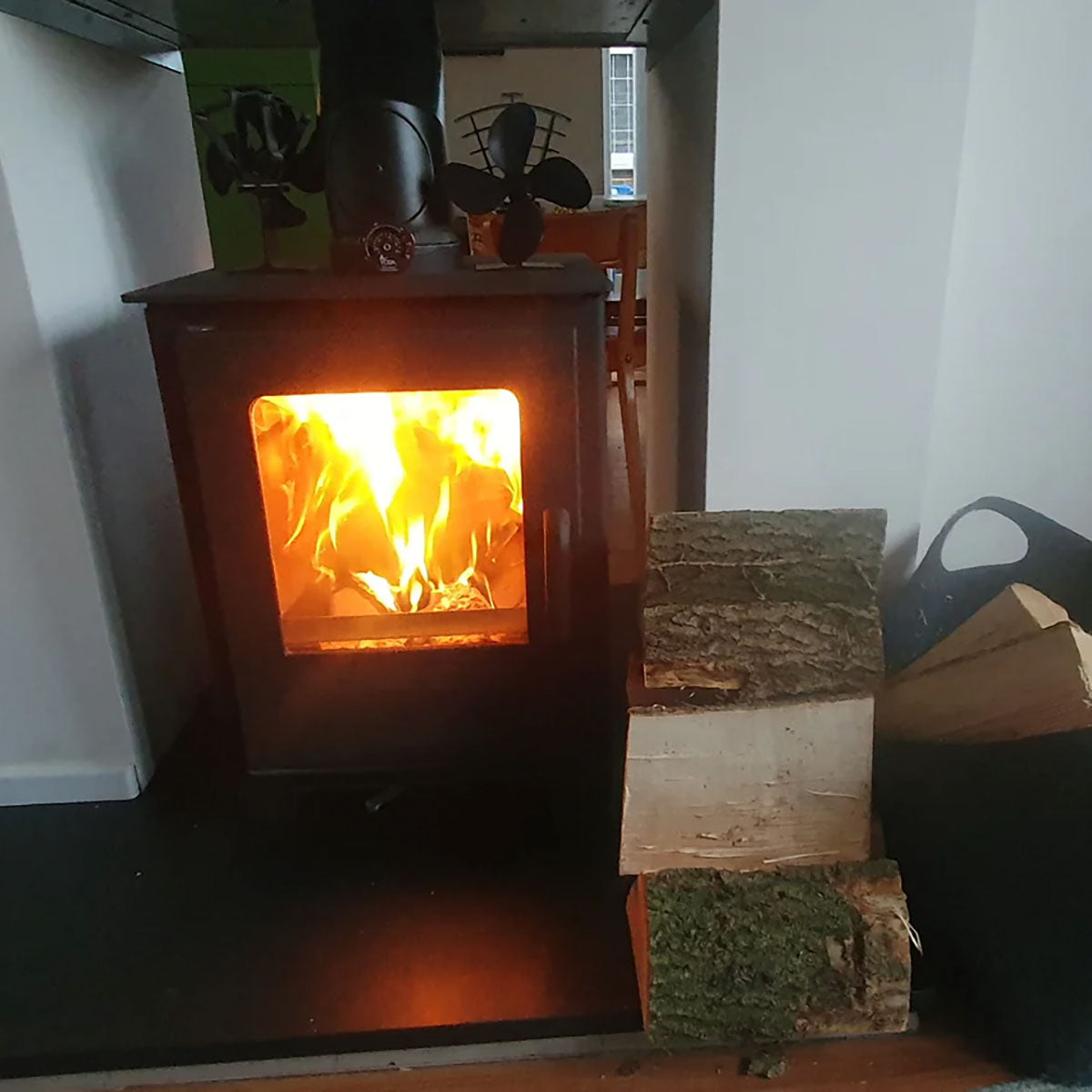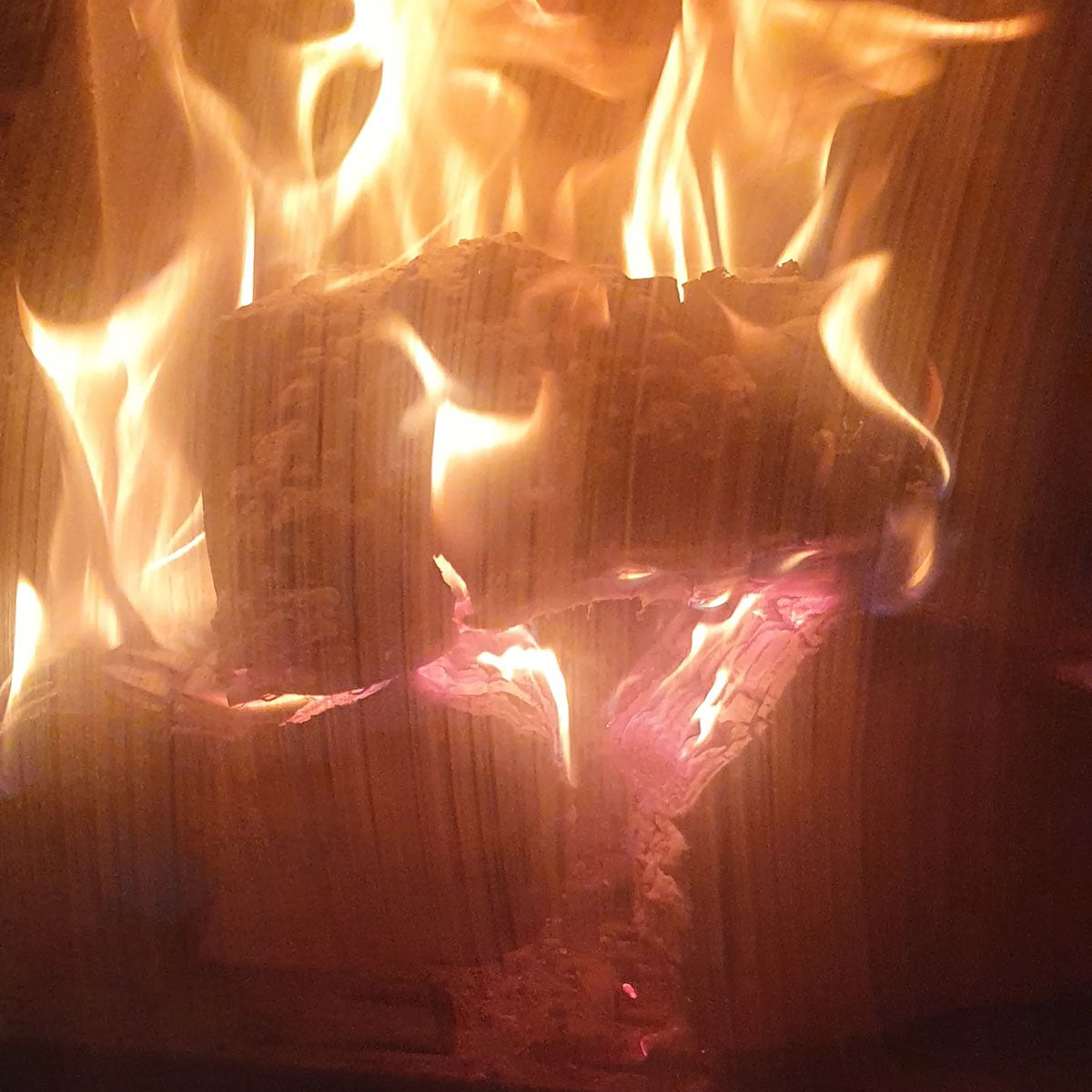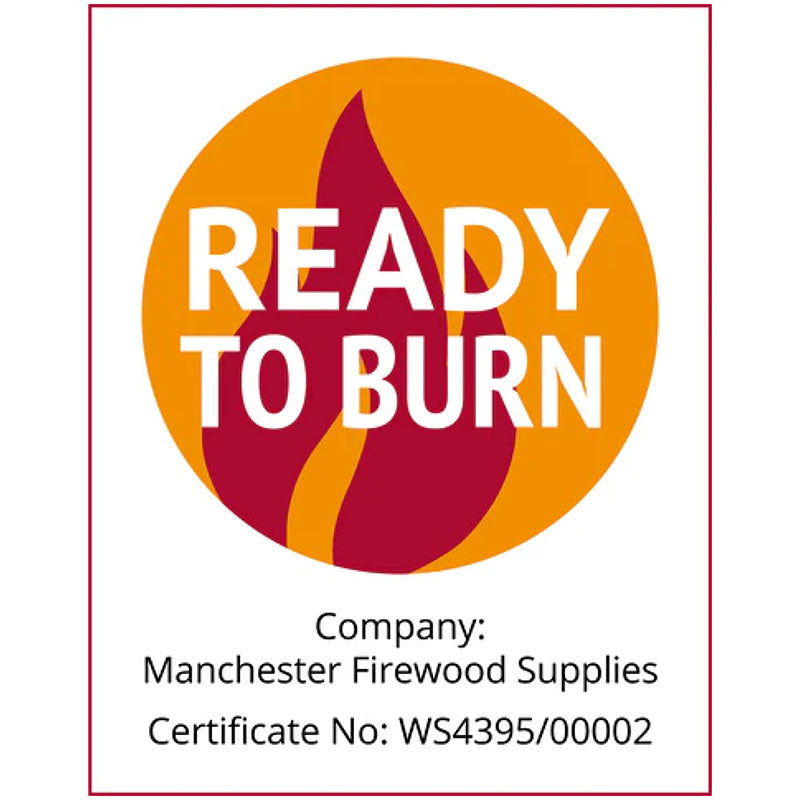FREE DELIVERY around Greater Manchester

Humankind’s Relationship with Fire: From Survival to Sophistication
·
Fire has been humanity’s steadfast companion, evolving from a survival tool to a source of comfor...

Is softwood suitable for a woodburning stove?
·
Yes, kiln-dried softwood can be suitable for a wood-burning stove. Kiln-dried wood, whether it's ...

Why use a woodburner?
·
Embracing the Warmth:The Unmatched Attributes of Wood-Burning Stoves Over Gas Heating Systems
Whe...

Does using a woodburner harm the environment?
·
Woodburners can be an environmentally friendly way to heat your home if they are used properly an...

Should I burn Softwood or Hardwood?
·
When it comes to burning wood in a stove, both softwood and hardwood can be used as fuel. H...

Why burn kiln dried firewood?
·
Believe it or not, this is actually a question we get asked all the time. “Surely any wood will b...
